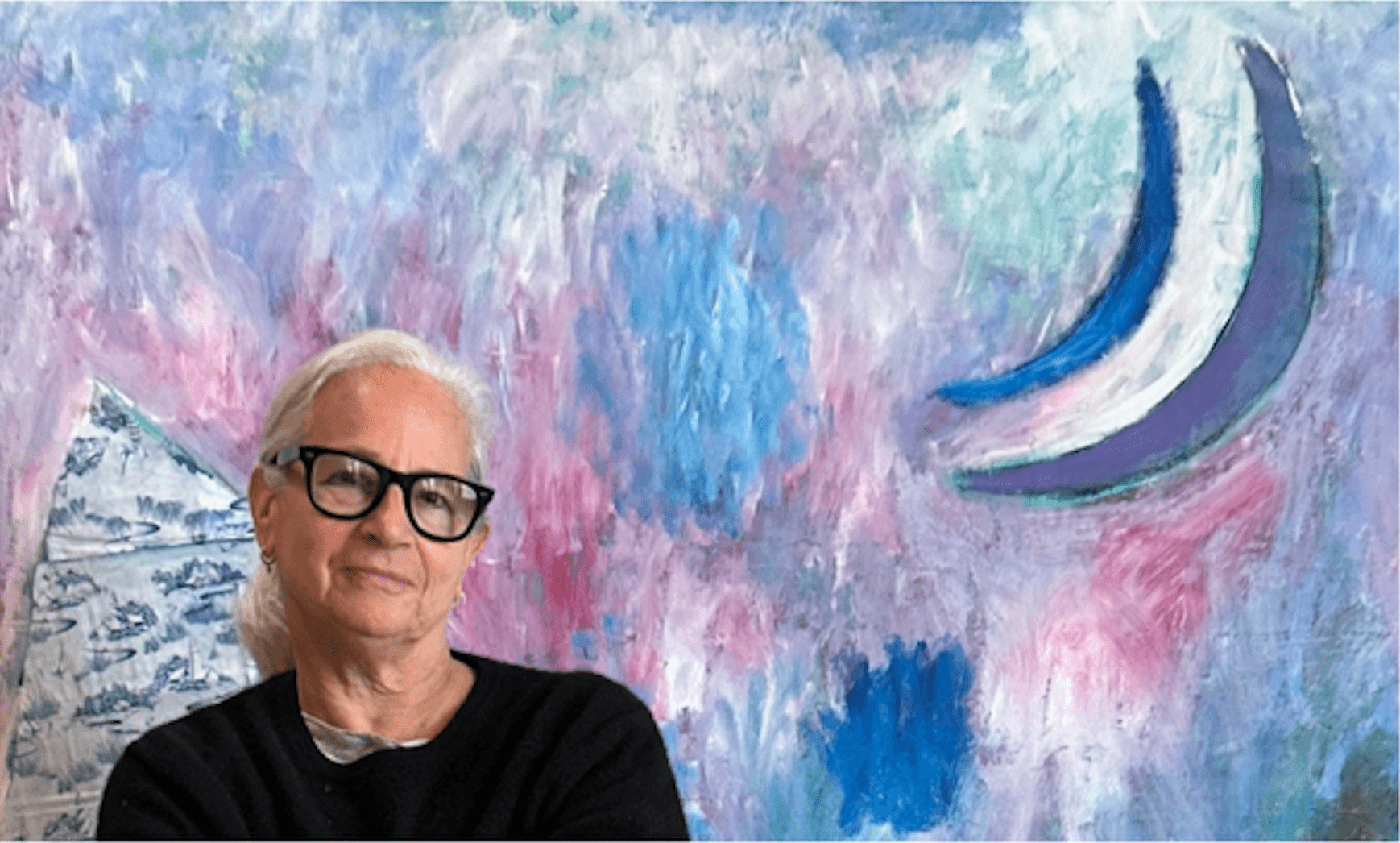We recently connected with Pam Smilow and have shared our conversation below.
Hi Pam, thanks for joining us today. We’d love to hear the backstory behind a risk you’ve taken – whether big or small, walk us through what it was like and how it ultimately turned out.
Rather than taking a risk, I’d like to address the idea of thinking outside of the box and not doing things in a conventional way. Which I guess does fall under the category of taking a risk.
I grew up in a unique Frank Lloyd Wright founded cooperative community outside of New York City with a lot of nurturing from the 47 families that were my neighbors. Growing up like that gave a lot of confidence to us kids as we had many “parental figures” in our lives.
I didn’t take many traditional roots. I didn’t go to art school, although I knew from the very start that I wanted to be an artist. I thought I better learn something that I wouldn’t learn on my own and I ended up talking a lot of my professors into accepting art projects rather than papers at the University of Michigan.
Many creative people juggle the day job and having enough energy after that to work on their craft. After college, I moved to Barcelona and taught English as a second language, realizing that I wouldn’t have to work so many hours in order to make a living there. That enabled me to rent a studio and have that precious time to paint.
I married another artist— that wasn’t the smartest thing I did financially since we both were not born rich— but we were determined to make a living. We started off going the traditional root of showing through galleries, but soon became aware that it was not very practical for our lifestyle. Since we traveled back-and-forth to Europe all the time it didn’t make sense to have everything framed and stretched, only to unframe and unstretch when we traveled. As a result, we were able to connect directly with potential clients, bypassing the middle man and going into their homes. We also had people host us for home pop up shows, where they would invite their friends and neighbors, and we should unroll and show our paintings on the floor like Persian carpets. People would subsequently make private appointments to try pieces in their environment.

Pam, before we move on to more of these sorts of questions, can you take some time to bring our readers up to speed on you and what you do?
I work in an unconventional way—directly with clients and since I travel with my work in rolls, I am mobile and able to go into people’s homes and actually allow the client to see specific paintings in situ. Growing up in a Frank Lloyd Wright community has got me interested in architecture and interiors and I am interested in creating an atmosphere of well-being in the home. In other words I see a room as an extension of my pallet and I help people choose the right paintings for their space.
We have been selling our art in this way in the United States, Europe and Asia for 35+ years now and have been able to make a good living at this.
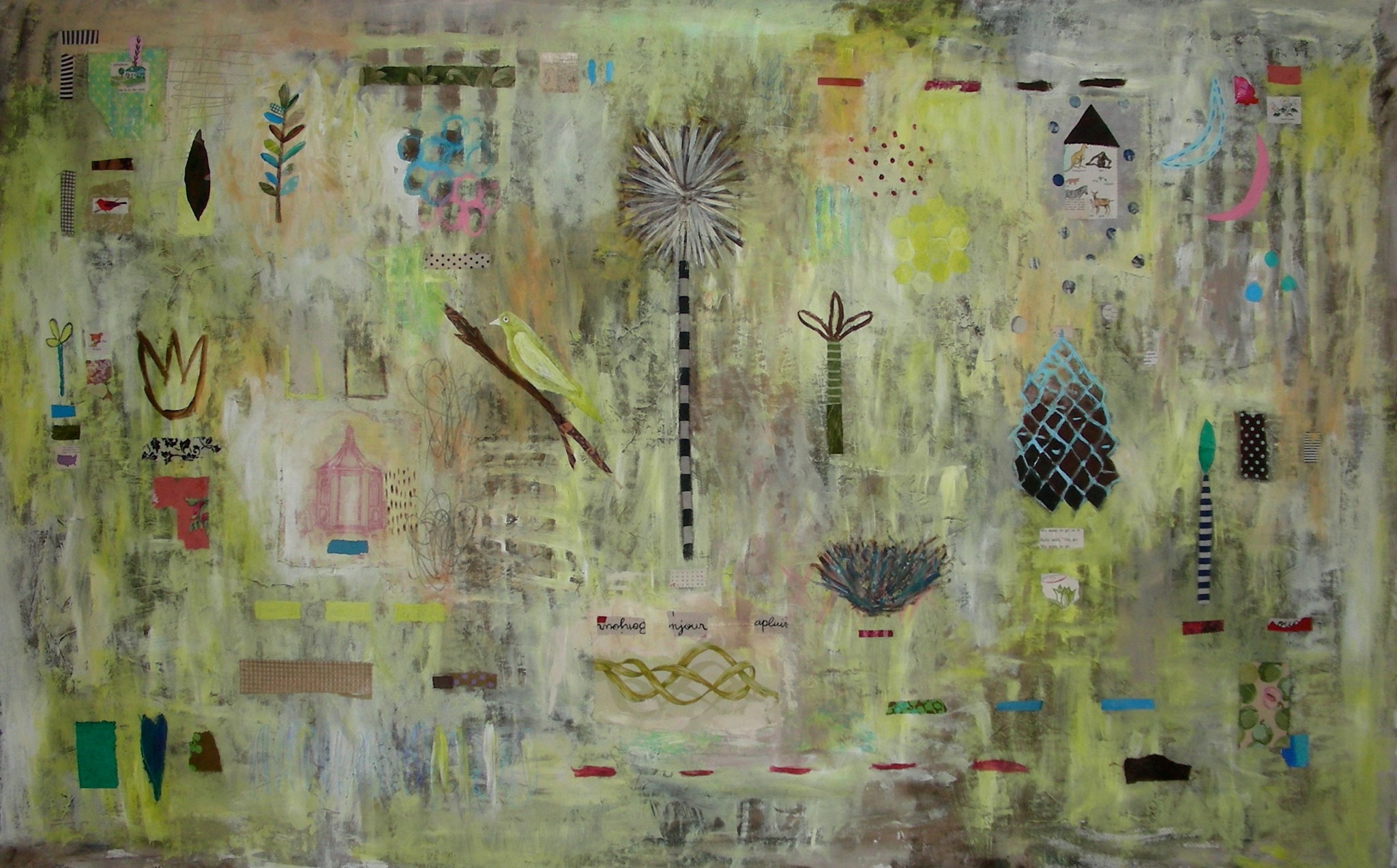
For you, what’s the most rewarding aspect of being a creative?
The most rewarding thing about being an artist is that I get to get up every day do what I want and live my passion. They say if you don’t want to work a day in your life, do what you love.
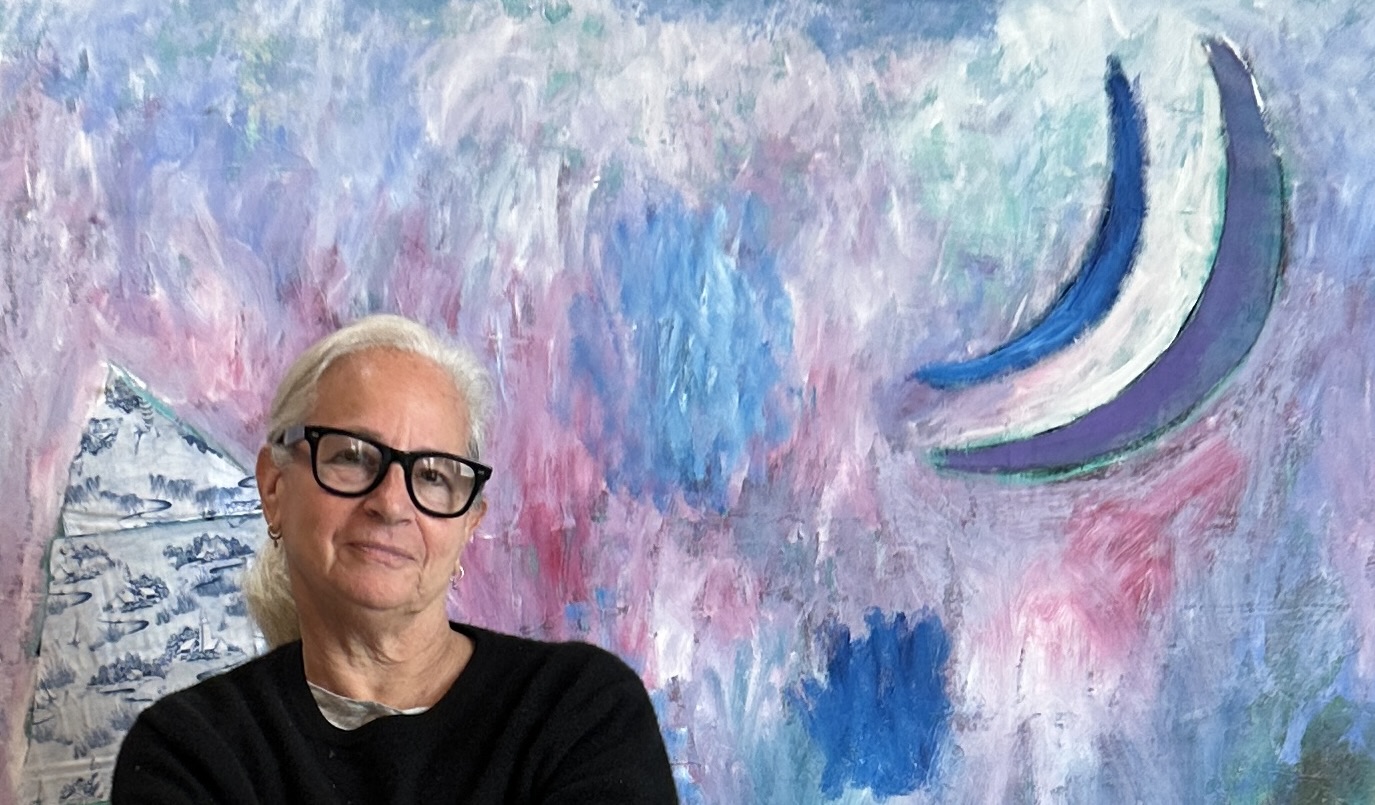
How can we best help foster a strong, supportive environment for artists and creatives?
I think the best thing society can do to support artists is to purchase work from living artists and support art organizations.
Contact Info:
- Website: https://www.pamelasmilow.com
- Instagram: @pamsmilow
- Other: Https://substack.com/pamsmilow
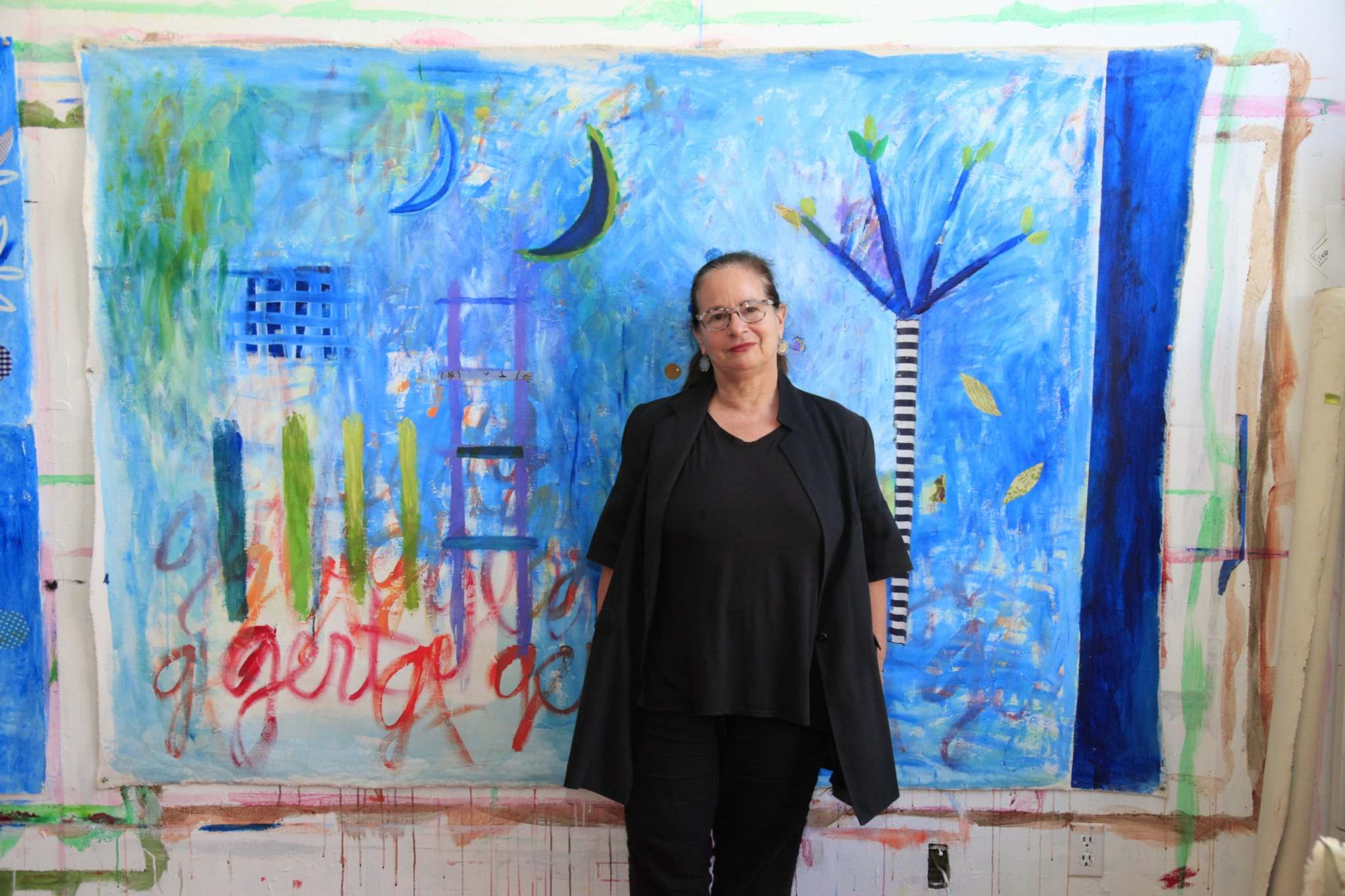

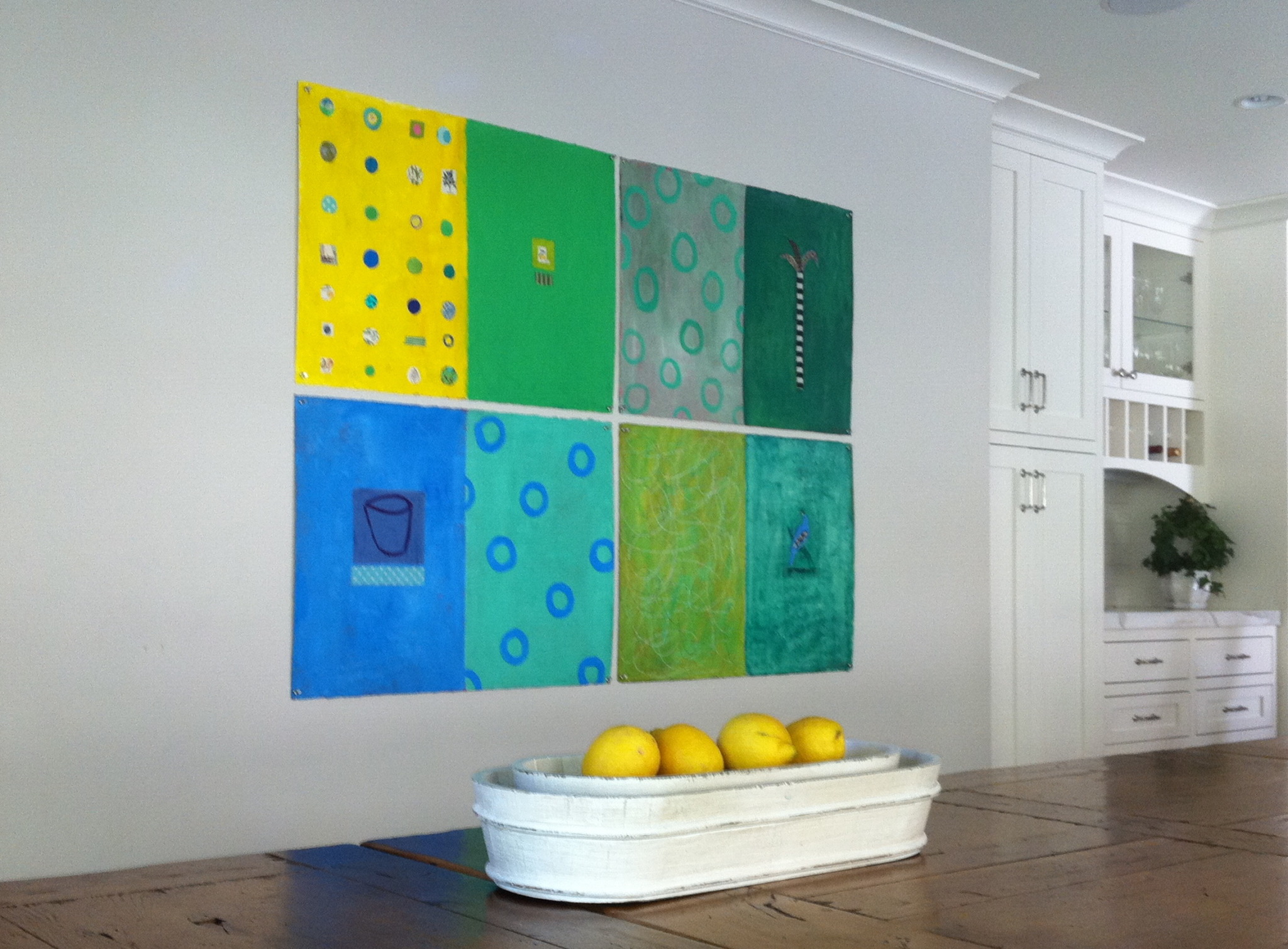
Image Credits


